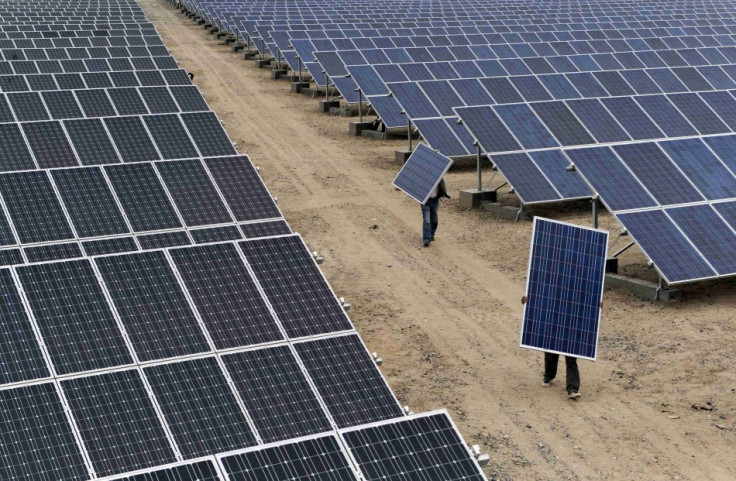Device Harnessing Energy from Earth's Infrared Emissions is 'Future of Renewables'

A device that harnesses energy from Earth's infrared emissions has been touted as the future of renewable energy and an "untapped energy source".
Physicists at the Harvard School of Engineering and Applied Sciences (SEAS) say recent advances in technology mean the imbalance between the temperature of space and the Earth will soon be available to create direct-current (DC) energy.
Published in the Proceedings of the National Academy of Sciences, the scientists have established what would be required to create such a device, as well as highlighting any concerns about harnessing this energy source.
Federico Capasso, principal investigator of the study, said: "It's not at all obvious, at first, how you would generate DC power by emitting infrared light in free space toward the cold.
"To generate power by emitting, not by absorbing light, that's weird. It makes sense physically once you think about it, but it's highly counterintuitive. We're talking about the use of physics at the nanoscale for a completely new application."
Instead of capturing visible incoming light, the researchers say their device would generate electric power by releasing infrared light.
"Sunlight has energy, so photovoltaics make sense; you're just collecting the energy," said lead author Steven J Byrnes.

"But it's not really that simple, and capturing energy from emitting infrared light is even less intuitive. It's not obvious how much power you could generate this way, or whether it's worthwhile to pursue, until you sit down and do the calculation.
"The device could be coupled with a solar cell, for example, to get extra power at night, without extra installation cost."
The researchers put forward two methods of harnessing this energy – one with hot and cold plates, and another with nanoscale electronic components, but that both involve overcoming challenges.
"People have been working on infrared diodes for at least 50 years without much progress, but recent advances such as nanofabrication are essential to making them better, more scalable, and more reproducible," Byrnes said.
"[However] the more power that's flowing through a single circuit, the easier it is to get the components to do what you want. If you're harvesting energy from infrared emissions, the voltage will be relatively low. That means it's very difficult to create an infrared diode that will work well ... We need to deal with the speed requirements at the same time we deal with the voltage and impedance requirements.
"Now that we understand the constraints and specifications we are in a good position to work on engineering a solution."
© Copyright IBTimes 2025. All rights reserved.






















